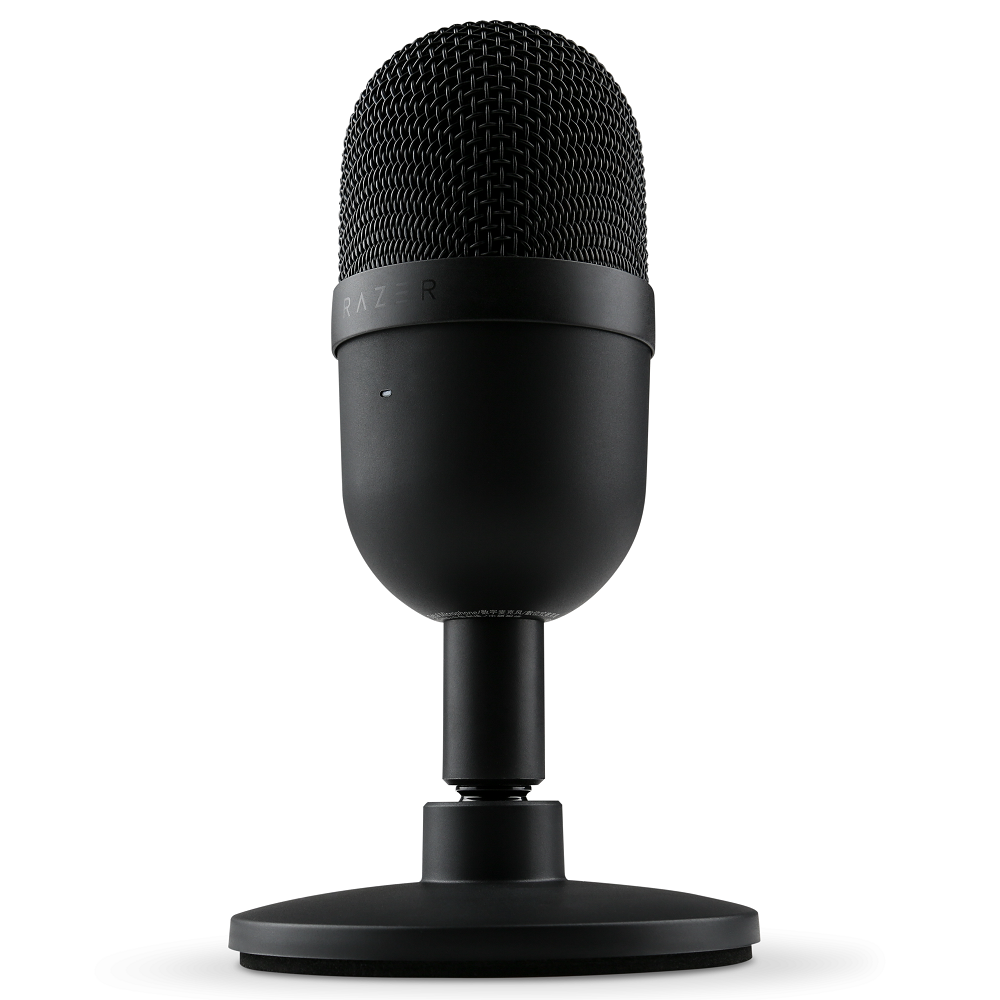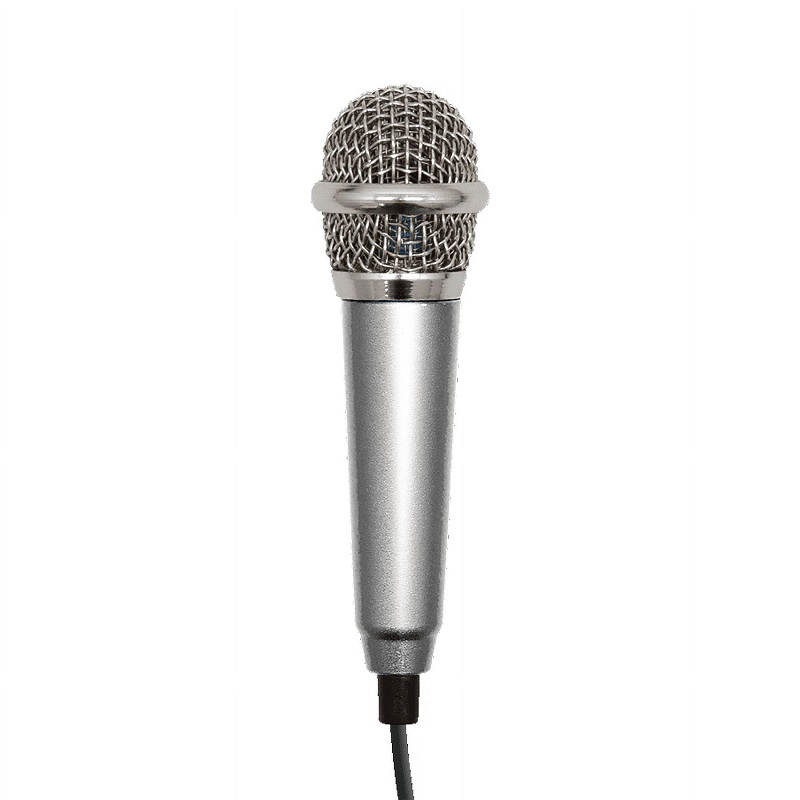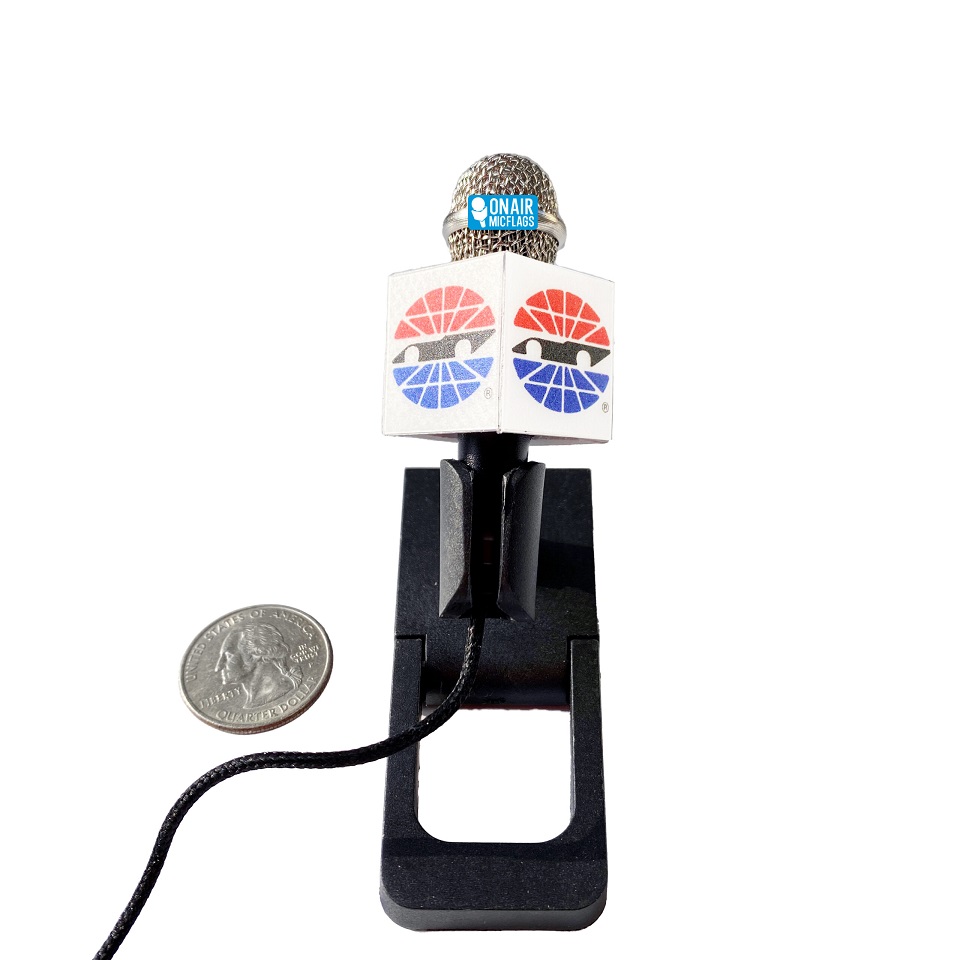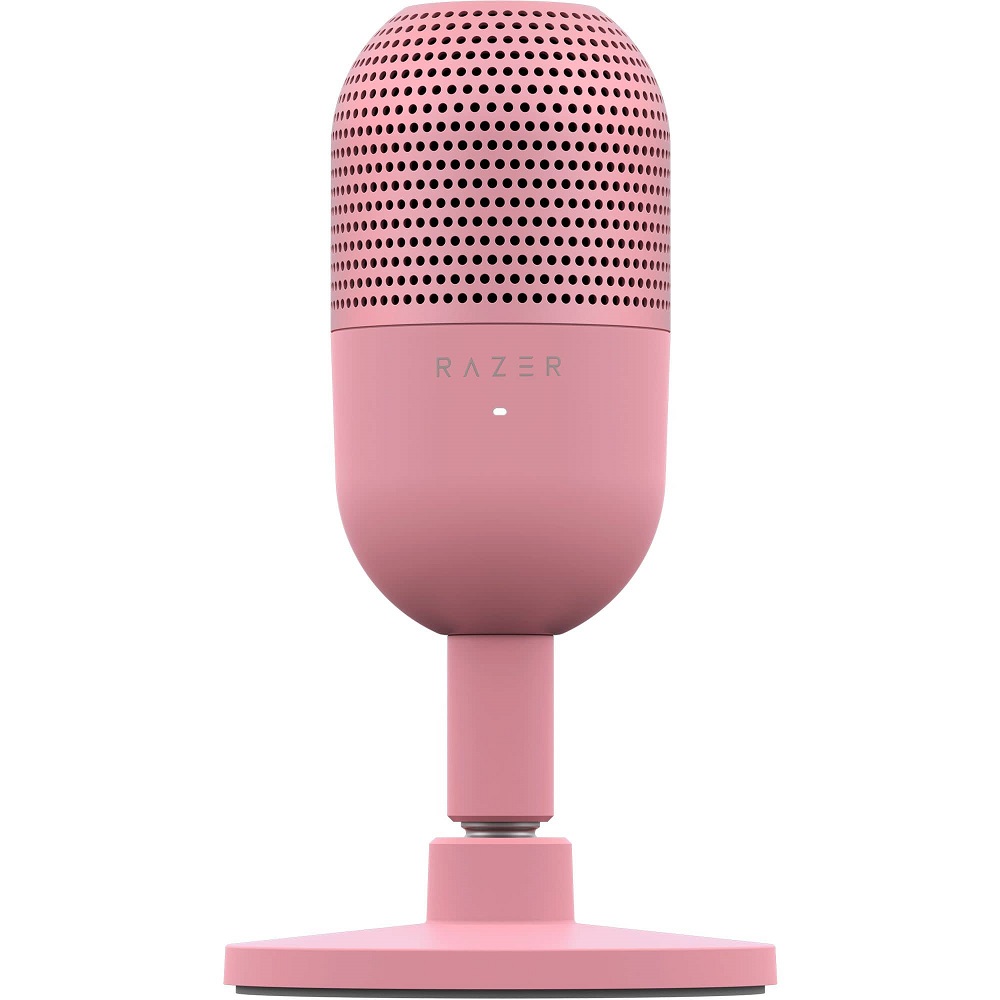Evolution of Mini Microphones
From Bulky to Bite-Sized: A Historical Perspective
The history of microphones is a story of continuous innovation. In the past, mics were large, cumbersome devices. They often required substantial stands and equipment. Over time, the demand for more flexible audio tools lead to the mini mic. Modern technology allowed for drastic size reduction without losing sound quality. Early adopters found them handy for radio, television, and music.
Throughout the decades, advances in materials and electronics played a key role. They helped transform these audio capture devices from bulky to bite-sized. Innovators reduced component sizes and utilized better materials. This made mini mics not only small but also more reliable than ever.
Technological Innovations Shaping Mini Mic Development
Several key advancements have driven the development of the mini mic. Improved battery technology enabled longer use without frequent charges. Digital processing boosted sound clarity and reduced interference. The growth of wireless technology allowed mini mics to become more versatile. Users could move freely without worrying about cables.
Mini mics now often include features such as directional recording. This was not possible in the earlier, larger models. They also make use of advanced materials to withstand rough use. These changes have made mini mics a top choice for many audio professionals. The seamless blend of durability, quality, and size defines the current state of mini mic technology.
Advantages of Mini Mics
Portability and Convenience
The most evident advantage of the mini mic is its portability. Due to their small size, mini mics are incredibly easy to carry around. Whether you’re a journalist on the move or a traveling podcaster, these mics can fit into any small bag or pocket, eliminating the need for bulky audio equipment. The convenience is unmatched; mini mics can be quickly set up for impromptu sessions or interviews without fuss.

Versatility in Use Cases
Mini mics are not just for on-the-go scenarios; they’re versatile across various applications. Music artists often use them for live shows. They are discreet, so they don’t distract from the performance. Educators and speakers utilize mini mics to amplify their voice in lecture halls. Even in studio settings, these mics serve as valuable tools for clear audio capture. The mini mic’s adaptability across diverse scenarios makes it an essential in any audio toolkit.
Discreet Audio Recording Solutions
In situations where discretion is key, mini mics are the perfect solution. Their compact design allows them to be easily hidden from view, making them ideal for film and television where visible mics can break the illusion. Private investigators and journalists also benefit from the mini mic’s unobtrusive nature, capturing audio without drawing attention. The ability to record sound discreetly has made mini mics popular for various sensitive applications.
Types of Mini Microphones
In the realm of audio capture, mini microphones come in various forms. Each type serves a specific purpose and provides unique benefits. By understanding the different types of mini mics available, users can make better decisions for their audio recording needs.
Lavalier Microphones
Lavalier microphones, also known as lapel mics, are small and clip onto clothing. They offer hands-free operation, which is perfect for interviews, presentations, and on-screen talent. Their unobtrusive size makes them almost invisible to the audience. This feature ensures that the focus remains on the content, not the equipment.
Shotgun Microphones
Shotgun microphones are highly directional, capturing sound from a tight area. They are ideal when pinpoint audio capture from a distance is necessary. Filmmakers and videographers favor these mini mics for their ability to isolate the subject’s voice. This minimizes background noise in bustling environments.
Condenser Microphones
Condenser microphones are known for their sensitivity and broad frequency response. They excel in capturing crisp, detailed sound and are a top pick in studio and live settings. Musicians and audio engineers use these mini mics for their clarity and precision. Their sophisticated design, however, can require more careful handling.
Selecting the Right Mini Mic
Selecting the right mini mic can be a daunting task for both beginners and audio professionals alike. With a variety of mics available, it’s important to choose one that fits your specific needs. Below we’ll discuss the factors to consider when selecting a mini mic.
Considering Use Environment
Your recording environment plays a pivotal role in selecting the right mini mic. For noisy or outdoor environments, consider mics with good noise cancellation or wind reduction capabilities. In contrast, studio recordings often require mics with higher sensitivity and a wider frequency response. Evaluate your typical recording conditions to determine the best fit.
Understanding Specifications and Performance
To make an informed decision, look at the specifications of each mini mic. Pay attention to frequency response, sensitivity, and sound pressure levels. These numbers give you an idea of the mic’s performance in different conditions. Remember, specifications should align with your recording needs. For instance, if clarity in voice is your priority, look for a mic with a flat frequency response.
Compatibility with Devices
Lastly, ensure the mini mic you choose is compatible with your recording equipment. Some mics are made specifically for smartphones, while others work with professional-grade cameras or audio recorders. Check the connection types like 3.5mm jack, USB, or XLR, and verify it fits your devices. This step is crucial to prevent incompatibility issues that may hinder your recording experience.
In summary, selecting the right mini mic involves evaluating your environment, understanding key specifications, and checking device compatibility. By considering these aspects, you’ll find a mini mic that suits your audio recording requirements and enhances your professional work.
Using Mini Mics in Professional Settings
Mini mics have become vital in several professional fields due to their compact size and high-quality sound capture. Let’s explore how these devices are transforming various industries.
Filmmaking and Broadcast
In the world of filmmaking and broadcast, clear audio is critical. Mini mics, like shotgun and lavalier microphones, capture dialogue and sounds with precision. They are inconspicuous on sets and cater to the need for mobility and unobtrusive design. Their ease of integration with cameras and boom poles streamlines the production process. These mics assure that even in the busiest sets, the audio quality is never compromised.
Live Performances and Presentations
Live events benefit greatly from the discreet nature of mini mics. Performers and presenters can move freely, thanks to the hands-free and clip-on features of lavalier mics. This freedom enhances the connection with the audience. Sound engineers value the versatility of mini condenser mics for their ability to capture the full range of sounds in live shows.
Journalism and Content Creation
Journalists and content creators are always on the move, chasing stories and capturing spontaneous moments. Mini mics fit perfectly into this dynamic environment, offering high-quality audio in a portable package. They can be quickly attached to smartphones or cameras, ensuring that no matter where the story takes them, they are ready to record. For podcasters and vloggers, these mics provide studio-quality sound in a setup that can be carried in a pocket.
Popular Brands and Models
Market Leaders in Mini Mic Technology
When seeking a reliable mini mic, certain brands stand out. These market leaders have built a reputation for quality and innovation in mini mic technology. Brands like Rode, Shure, and Sennheiser are often the go-to choices for professionals. They have a proven track record in producing durable and high-performing mics. Their products range from lavalier to shotgun to condenser mics, catering to various recording situations. Sony and Audio-Technica also offer competitive mini mic options, delivering on both sound quality and affordability. When exploring top brands, consider their flagship models which showcase the best in mini mic advancements.
User Reviews and Recommendations
User reviews are invaluable when choosing a mini mic. They provide real-world insights into how these mics perform under different conditions. Exploring platforms like Amazon, B&H, and Sweetwater unveils user experiences with these products. Look for reviews that detail specifics, like sound clarity and product build, to gauge suitability. Communities on Reddit and audio forums share recommendations and personal favorites, helping you discover mics that might not be as widely advertised yet perform exceptionally well. Always cross-reference reviews with your needs to ensure you find the perfect mini mic for your professional use.
Future Trends in Mini Mic Technology
The mini mic industry continues to evolve, shaping the future of audio capture.
Wireless Capabilities
Wireless tech is becoming standard in mini mics, with users valuing freedom from cords. This trend is likely to continue, with further enhancements in Bluetooth and Wi-Fi technologies. Future mini mics could offer even longer range and more stable connections. This would benefit all from content creators to professionals needing hands-free operation.
Noise-Cancellation Innovations
Advanced noise-cancellation is another major focus. Upcoming mini mics may boast smarter algorithms to filter out background sounds. This tech will be particularly useful in noisy environments, ensuring crisp audio. Expect future models to deliver clearer, interference-free recordings, no matter the surroundings.
Integration with Emerging Tech
Mini mic technology doesn’t stand still. Soon, we may see mini mics integrating with AR and VR, providing immersive audio experiences. Smartphones and wearables could have built-in mini mics, capturing high-quality audio effortlessly. As new tech emerges, mini mics will adapt and be a part of cutting-edge developments.


